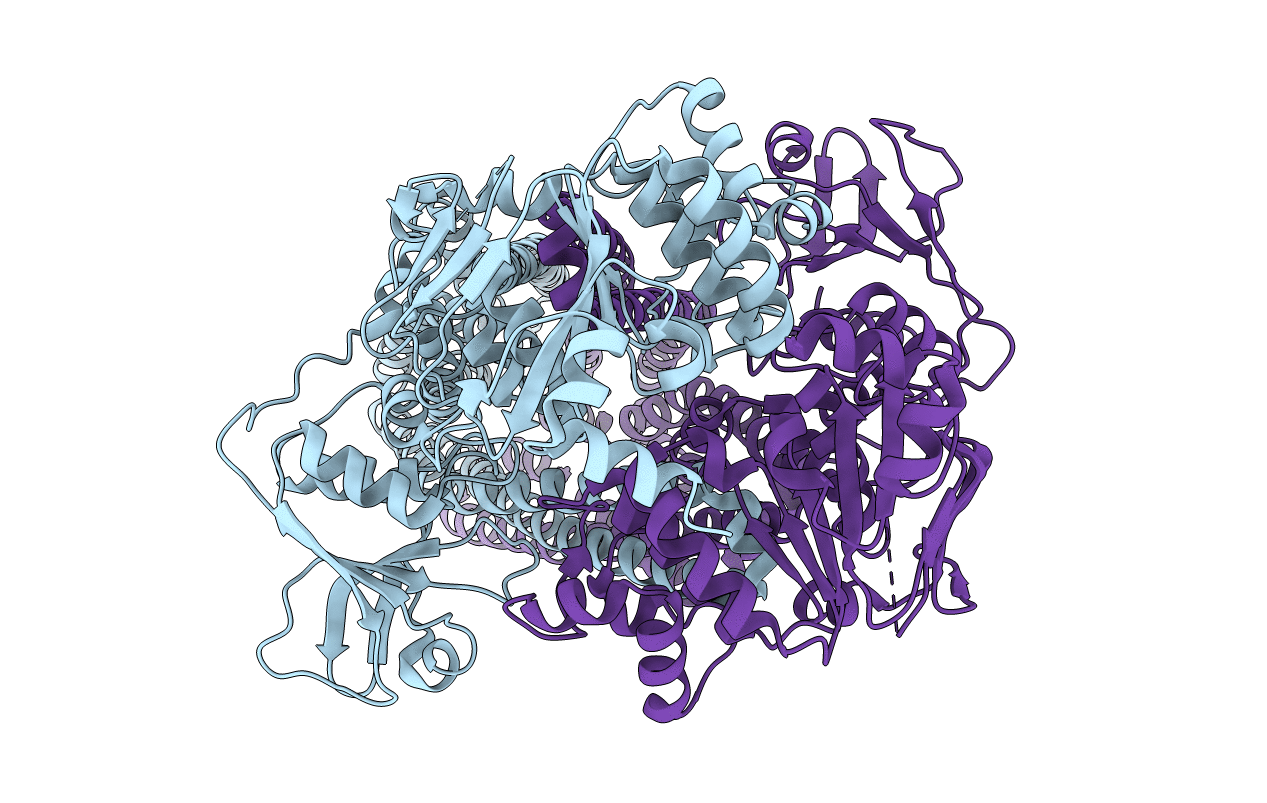
Deposition Date
2014-12-13
Release Date
2015-07-22
Last Version Date
2023-09-20
Entry Detail
PDB ID:
4RY2
Keywords:
Title:
Crystal structure of the peptidase-containing ABC transporter PCAT1
Biological Source:
Source Organism:
Ruminiclostridium thermocellum ATCC 27405 (Taxon ID: 203119)
Host Organism:
Method Details:
Experimental Method:
Resolution:
3.61 Å
R-Value Free:
0.28
R-Value Work:
0.26
R-Value Observed:
0.26
Space Group:
P 21 21 21


